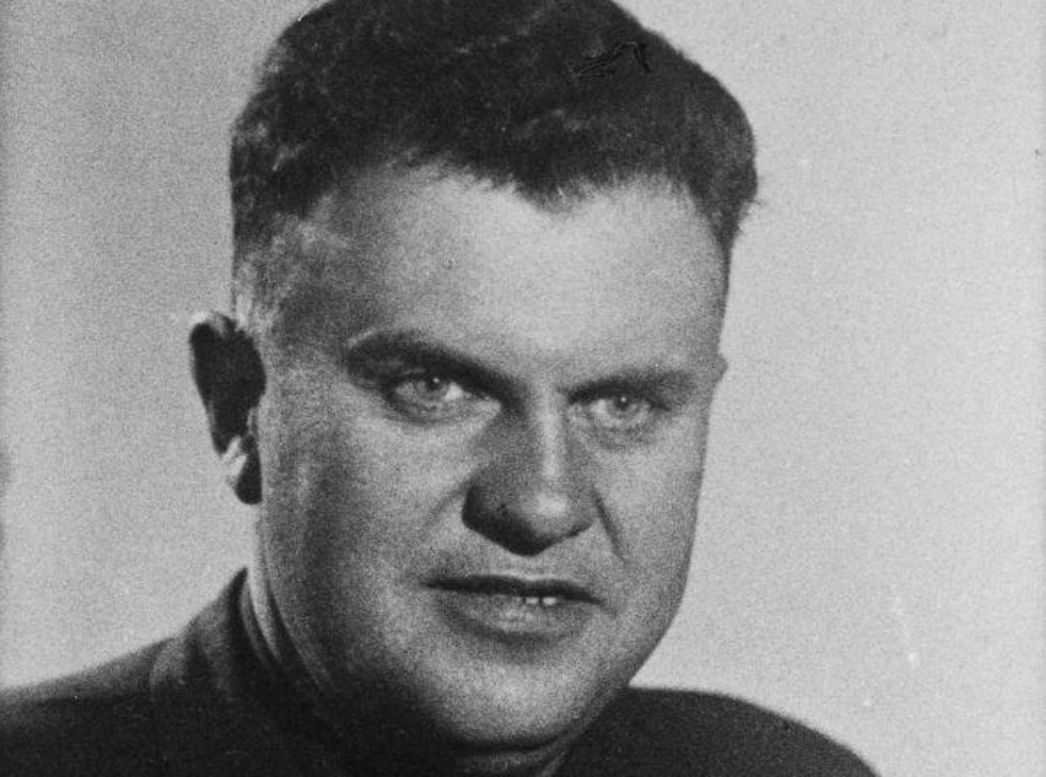Transcript
Narrator There were two men who were of central importance to the French resistance in Buchenwald. They both played a large role in creating united, non-partisan French underground groups in the camp. Due to their different origins and political careers, they also embodied the diversity of people in the French resistance. One of them, Henri Manhès came from a conservative middle-class background, while the other came from very humble beginnings and had had a political career in the labour movement.
Marcel Paul was a foundling; the day he was discovered was regarded as his birthday. He had to start working when he was only 13 years old. At the age of 15, he joined the Socialist youth movement, then switched to become a member of the Communist Party of France. During the 1930s, he rose to top official of the trade union movement.
When the Germans occupied France, Paul was a soldier. He was captured, but was able to escape, and joined the Résistance. He led a militant Communist resistance group which carried out attacks on the German occupiers.
He was betrayed, arrested by the French police in 1941 and tortured in prison. He attempted suicide to evade torture and to avoid giving away information but failed. A French special court sentenced him to four years in prison. In February 1944, he was handed over to the Germans, which meant deportation: first to Auschwitz and, a month later, to Buchenwald.
Starting in the summer of 1943, the German occupying authorities began to deport French citizens to the Ettersberg on a huge scale – 25,000 French in total. Early in 1944, they constituted the largest group of inmates.
When Marcel Paul arrived in the Buchenwald concentration camp in 1944, almost all larger and smaller French resistance groups were represented. Political opposition and different opinions about the ways and means of resistance persisted even in the concentration camp.
Nevertheless, Paul, working in concert with Henri Manhès – who belonged more or less to a group in the resistance supporting de Gaulle – succeeded in creating a kind of umbrella association. Chaired by Manhès, the Comité des Intérêts Français was first and foremost an organization of mutual help.
The prominent Communist Marcel Paul further became a member of the illegal International Camp Committee. This created a reliable link to the camp resistance organization, which was dominated by German Communists. Despite his important position, Paul remained in the Little Camp throughout his internment.
The next step was to set up a French liberation brigade, organized according to military standards, and working toward an armed fight against the SS. The leaders of this brigade, the Brigade française d’action libératrice, were again Manhès and Paul.
Both men were among the first French citizens to be flown to Paris only days after liberation. In post-war France, Marcel Paul held different government offices, as well as leading positions in the Communist Party and again in the labour movement. By no means did this spell the end of collaboration with his close fellow inmate Manhès. Paul became the first minister of industry under de Gaulle and Henri Manhès was his State Secretary.
As early as 1945, the two men founded an association of former inmates and resistance fighters. Marcel Paul remained involved in this field and in the political arena well into his old age.


